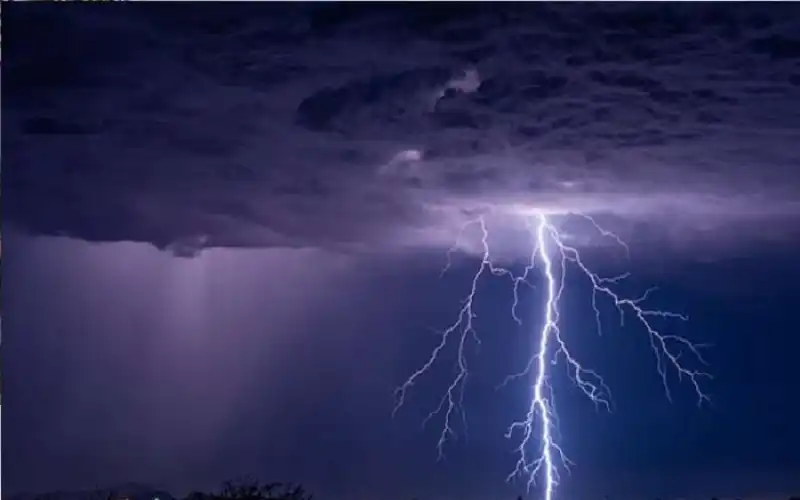"Thunderstorm Asthma": A Silent Threat Lurking for Millions and British Alert After 10 Casualties
August 10, 202547 ViewsRead Time: 2 minutes

Font Size
16
The British Health Security Agency has sounded the alarm about a rare and dangerous phenomenon known as "thunderstorm asthma," which has become a topic of discussion in medical circles following repeated fatal incidents associated with it, the latest being a tragic event in Australia that claimed the lives of ten people, prompting British authorities to urge citizens to exercise caution, especially in light of changing weather conditions and rising pollution levels.
Thunderstorm asthma, as experts explained, does not only threaten asthma patients but can also affect those who have not previously been diagnosed with any respiratory diseases.
It occurs when thunderstorms break pollen grains in the air into tiny particles that can be easily inhaled, penetrating deep into the lungs and causing severe and sudden asthma attacks.
Professor Jonathan Grigg, a pediatric respiratory medicine professor at Queen Mary University in London, explained that the phenomenon does not distinguish between those with and without asthma, and that thunderstorms accompanied by high pollen levels pose a "direct risk to public health".
He noted that an incident in London in 2023 saw a large number of children being hospitalized due to sudden attacks, with half of them found not to have had asthma before.
The first medical documentation of the thunderstorm asthma phenomenon dates back to Birmingham in 1983, but the most famous incident occurred in Melbourne in 2016, when a severe thunderstorm resulted in the deaths of 10 people and overwhelmed the local health system after thousands of emergency cases were recorded.
According to the British Health Agency, individuals under the age of thirty are the most at risk, especially those with hay fever or those suffering from seasonal allergies. The agency recommends that these individuals exercise caution and monitor weather forecasts and pollen levels, especially in spring and summer.
Experts recommend several preventive measures in case of expected thunderstorms coinciding with high pollen levels, including: staying indoors, securely closing windows, avoiding physical activity outdoors, regularly using preventive asthma medications, and carrying emergency inhalers at all times.